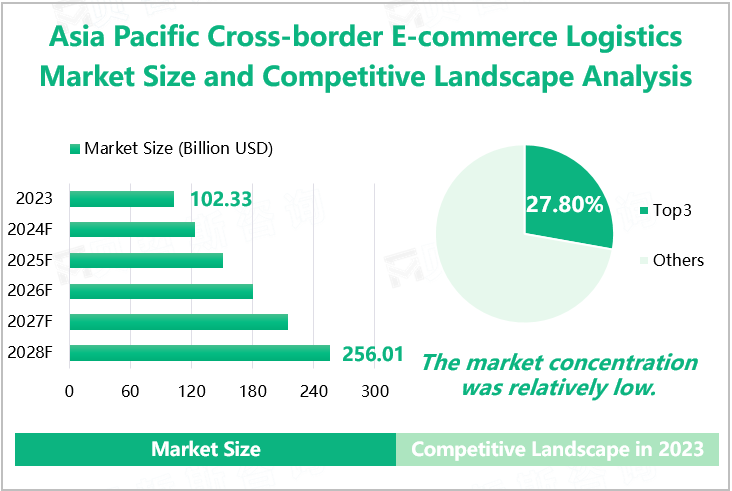Cross-border e-commerce logistics refers to the
logistics activities across different countries or regions, in which goods flow
from cross-border e-commerce enterprises to cross-border consumers, relying on
the Internet, big data, informatization, and computer, and other advanced
technologies in the e-commerce environment. This process involves international
logistics, warehousing, customs clearance, distribution, and other aspects, and
needs to consider factors such as laws and regulations, currency, language, and
culture of different countries.
Introduction to Main Types
|
Post
|
The postal network covers the world, so it is one
of the important channels for cross-border e-commerce logistics. According to
related statistics, 70% of packages exported by China's cross-border
e-commerce are delivered through the postal system.
|
|
International express delivery
|
Such as DHL, TNT, UPS, and FedEx. These companies
provide high-quality logistics experiences for overseas users by building
their global networks, powerful IT systems, and localized services.
|
|
Specialized logistics
|
Also known as cross-border dedicated logistics,
it is generally transported by air to foreign countries and then delivered to
the destination through cooperative companies.
|
|
Overseas warehousing
|
The seller stores the goods in advance at the
sales destination, and then sorts, packages, and delivers them according to
the order. This approach can greatly improve logistics speed and consumer
experience.
|
Source: www.globalmarketmonitor.com
Market Development Characteristics
Rapidly growing market size: In recent years, the cross-border e-commerce logistics market in the Asia Pacific region has continued to expand. According to the statistics, the cross-border e-commerce transaction volume in this region has accounted for a considerable proportion of the world and is showing a steady growth trend.
Diversified logistics models: To meet the needs of different consumers, cross-border e-commerce logistics models in the Asia Pacific region have also become diversified. From traditional sea and air transportation to modern express delivery, warehousing, and distribution, various models have been fully developed and applied here.
Improvement of infrastructure: With increasing investment in logistics infrastructure by various countries, such as building more airports, ports, railways, and roads, the logistics network in the Asia Pacific region is gradually improving, providing good hardware support for cross-border e-commerce logistics.
Overview of Market Development
With the rapid development of globalization and the Internet, cross-border e-commerce has become a bridge connecting consumers and businesses in various countries. Especially in the Asia Pacific region, its unique geographical, cultural, and economic characteristics have shown enormous potential and vitality in the cross-border e-commerce logistics market.
According to our research data, the cross-border e-commerce logistics market in the Asia Pacific region reached $102.33 billion in 2023, an increase of 19.23% compared to 2022. It is expected that the market will continue to grow rapidly in the coming years, and the market size is expected to increase to $256.01 billion by 2028.
Asia Pacific Cross-border E-commerce Logistics Market Size and Competitive Landscape Analysis
Source: www.globalmarketmonitor.com
Analysis of Market Competition Pattern
From the perspective of market competition, the concentration of the cross-border e-commerce logistics market in the Asia Pacific region is relatively low. Data shows that in 2023, the total revenue of the cross-border e-commerce logistics market of the top 3 enterprises in the industry was $28.45 billion, with a total revenue share of 27.80%. The top three companies were DHL Group, FedEx, and China Post. In 2023, these three companies accounted for 13.06%, 12.98%, and 12.57% of the cross-border e-commerce logistics market revenue in the Asia Pacific market, respectively.
